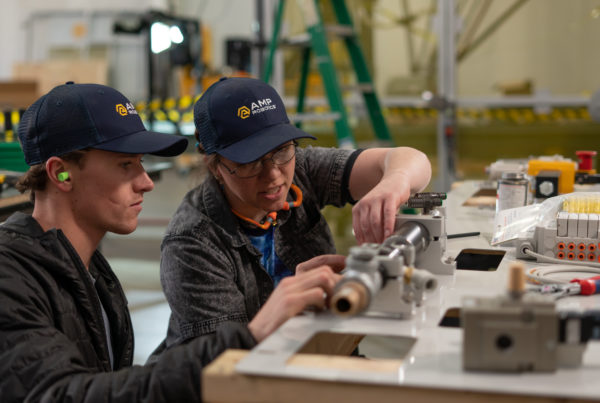It’s Time To Commit To A Management System
In an article published on Dec. 17, 2020, the American Society of Safety Professionals called on its members to adopt voluntary health and safety management system standards. This request comes on the heels of the newly published Bureau of Labor Statistics data, which showed that 2019 was the deadliest year in the American workplace since 2007. There is plenty to unpack from all of the data about recycling industry trends and safety beyond the most tragic of outcomes, but for now, I want to consider the reasons a society made up of nearly 40,000 safety professionals is calling on business owners and senior management to invest in health and safety management systems.

Core safety programs are important. Rules, protocols, near-miss reporting, and mandatory personal protective equipment requirements are all key to ensuring that workers stay safe. The tools, guidance, and trainings ISRI and other associations produce are vital to ensure that information about effective practices is available across the industry. Likewise, forums like ISRI’s Safety and Environmental Council, where safety professionals create a hive-mind environment to solve the industry’s most elusive problems, are the rising tide that raises the ship. On a day-to-day basis, though, all of these tools need a toolbox and a technician that can effectively use those tools to improve performance month over month and year over year. That is the function of the management system.
Honed over decades, the plan-do-check-act model takes the safety measures listed above and turbo-charges them. The management system is about being proactive, not reactive. It’s about leading indicators, not lagging ones. As the article states, “voluntary national consensus standards can transform safety programs from compliance-based cost centers to corporate sustainability initiatives that save lives and positively impact the organization’s bottom line.”
Imagine, for just a moment, that by actively and carefully considering the risks presented within your facility, operations and health and safety managers recognize that material is being needlessly touched one, two, or even three extra times. By engineering a process that eliminates the extraneous touches, they not only limit a number of health and safety risks, but also make the operation more efficient. In a world where we all find ourselves getting complacent with our day-to-day environment, a management system forces us to ask questions and improve.
Building such a system doesn’t require wholesale change to your business’ operation. It’s about codifying what you do, considering the risk, evaluating the effectiveness of existing procedures, and thoughtfully considering the ways they can be done more safely. It provides a lens to find the problems before the problems find you.
As the recycling industry’s safety culture continues to mature, adding a management system is the obvious next step for recyclers. It has the ability to boost your business’ operations to the next level—in ways that no technology can. Whether your facility chooses the Recycling Industry Operating Standard™ (RIOS), ISO 45001, or any of the other available systems, now is the time to take that step. After all, 40,000 safety professionals probably aren’t wrong.









